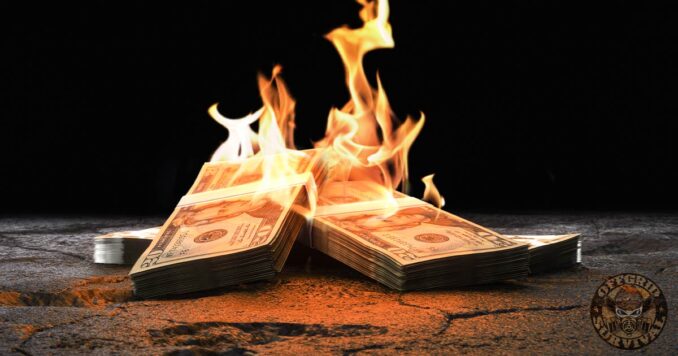
Today, the Federal Reserve admitted that their preferred inflation gauge rose last month at its fastest pace since June.
Friday’s report from the Commerce Department showed that consumer prices rose 0.6% from December to January, up sharply from a 0.2% increase from November to December. On a year-over-year basis, prices rose 5.4%, up from a 5.3% annual increase in December.
Last week, the government issued a different inflation measure — the consumer price index — which showed that prices surged 0.5% from December to January, much more than the previous month’s 0.1% rise. Measured year over year, consumer prices climbed 6.4% in January — far above the Fed’s 2% inflation target.
Of course, we know these numbers grossly underestimate what’s really going on out there.
The Fed can’t tame inflation without ‘significantly’ more hikes that will cause a recession
“Reaccelerating price pressures, coupled with a still-strong labor market that is restoring incomes and is supporting demand, will keep the Fed on track to hike rates further over coming meetings,” said Rubeela Farooqi, chief U.S. economist at High Frequency Economics.
Former Fed Governor Frederic Mishkin wrote in a white paper warning about the coming crash that despite the sentiments of many current Fed officials that they can manage a “soft landing” while tackling high prices, the paper says that is unlikely to be the case. “We find no instance in which a central-[bank]induced disinflation occurred without a recession,” said the paper, co-authored by economists Stephen Cecchetti, Michael Feroli, Peter Hooper, and Kermit Schoenholtz.
The researchers reviewed 16 episodes since 1950 when a central bank like the Fed raised the cost of borrowing to fight inflation in the United States, Canada, Germany, and the United Kingdom. In each case, a recession resulted.
As we reported yesterday, there is significant concern growing that we are heading towards an economic cliff.
- Food Shortages: American Food Supply in Real Danger, expected to get worse in 2023
- U.S. money supply, which measures safe assets households and businesses can use to make payments, has fallen abruptly since March and is negative on a yearly basis for the first time since 2006.
- Mortgage payments as a share of income have doubled from 13% to 26%, and the savings rate has plummeted to almost zero.
- Total household debt increased by 8.5% in 2022 and now stands at a record $16.9 trillion. That’s $2.75 trillion higher than it was pre-pandemic.
- Sales of commercial mortgage bonds have fallen off a cliff, plummeting about 85% year-over-year as commercial real estate investors are bracing for what looks like a wave of defaults throughout the commercial real estate industry.
Preparing for an economic collapse
While everyone was distracted by 24/7 COVID hysteria, followed by the media trying to fake an alien balloon invasion, the real threat has been tearing through the American family and devastating hard-working Americans who are just barely holding on. Sorry, but it is going to get worse!
If you’re not prepared, you need to start taking real, immediate steps to protect yourself and your family from what is coming.
Keep an eye on the markets, and keep an eye on the banks.
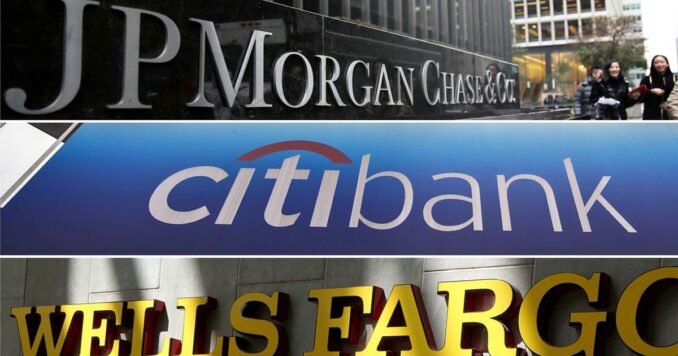
Before depositing any money in a bank, you need to research the financial soundness of that bank. Since the so-called end of the financial crisis, when the government spent over 700 billion dollars to “fix the system,” over 511 banks have failed.
When the shit hits the fan, how long can the FDIC continue to pay out on these insured deposits. With banking industry assets sitting at around $22.7 trillion, there is little reason to believe the FDIC will ever be able to cover these insured deposits during a full-scale collapse.
While many believe the FDIC protects their money, the truth is, there is not enough money to protect everyone. If the system collapses, your FDIC-insured account is anything but certain.
Realize your dollars may become worthless.
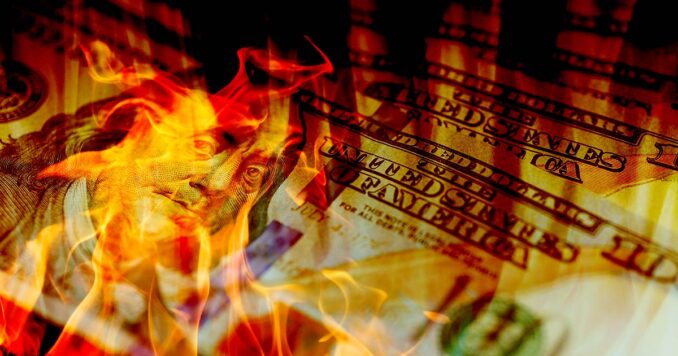
Since the COVID shutdowns, our money has become even more worthless. From gas prices that have more than doubled to soaring food prices and sky-high interest rates, our dollar is losing value quickly.
You need to seriously look at the possibility of an all-out collapse of the system. If this happens, your dollars will quickly become worthless.
You must start to take a balanced approach to being financially prepared for the future. While investing in your financial future is important, the same can be said for investing in your ability to survive future disasters. If you haven’t started preparing for economic troubles, now is the time to seriously consider stocking up to survive future financial problems.
Investing in long-term consumable goods.
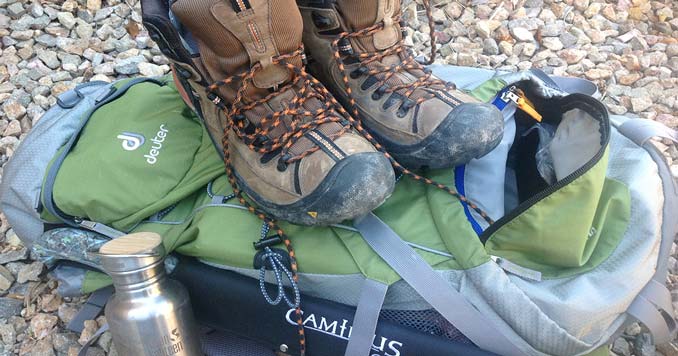
This means stocking up on items you will need and use in the future or stocking items you can barter with in case the system fails. By stocking up on food, water, survival gear & supplies, and bartering goods, you will have a nice stockpile of supplies that will help you through almost any disaster.
Another upside to investing in consumable goods is these goods are completely secure from financial market volatility and will continue to hold their value after the collapse. In fact, as we’ve seen over the last year, most consumables will probably skyrocket in value in a post-collapse world.
Be Prepared to Feed Yourself when the Collapse Hits!
- Best Emergency Food: The Top Survival Food Supplies
- Survival Food – 56 Long-Term Survival Foods and Supplies at the Grocery Store
- Prepper 101: Your Survival Guide to Getting Started
Grocery Options that ship right to your Home:
Be Prepared to Defend Yourself
- Situational Awareness: How to Protect Yourself by Developing your Situational Awareness
- 7 Rules of Self Defense
- Self Defense: Defending yourself from multiple attackers
- Improvised Weapons: Self-defense in the Real World
- The Ultimate Situational Survival Guide: Self-Reliance Strategies for a Dangerous World
Learn to Be Self-sufficient NOW!
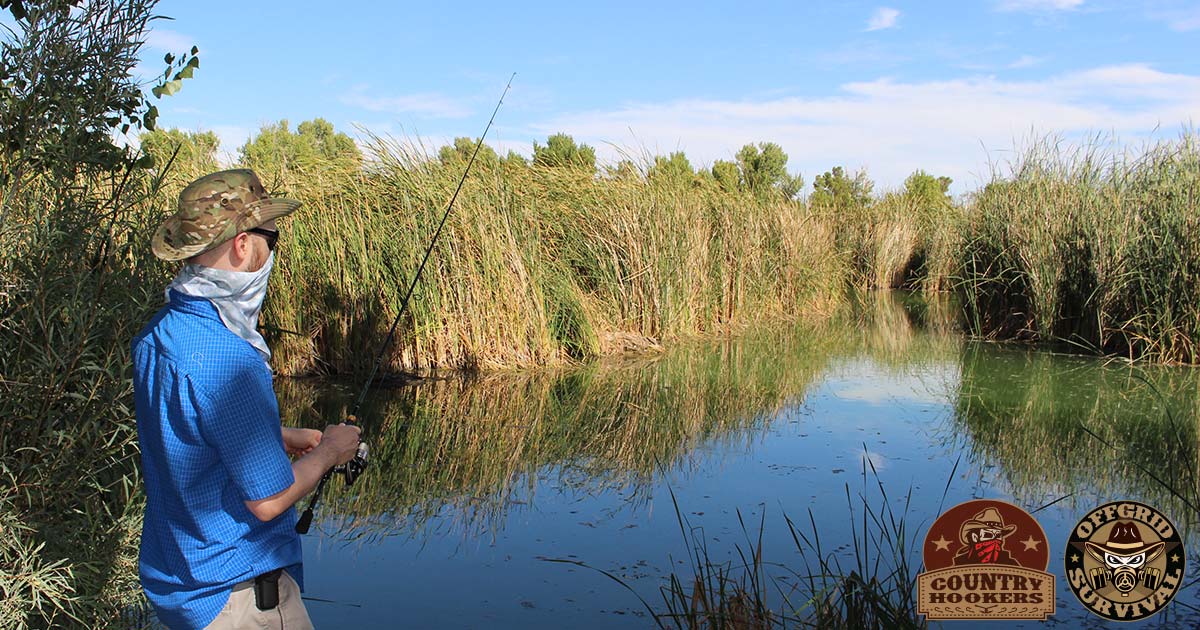
To truly be prepared, you need to learn how to be 100% self-sufficient.
- 30+ Self-Reliant Resources: Preparedness Skills that Everyone Should Know
- Urban Resources: Finding Food & Water During a Long-term Disaster
- Survival Fishing: Top Tips for Finding Fish during a Long-term Survival Situation
- Off Grid Living: A Real-world Guide to Going Off the Grid
- Homeschool: Taking your Child’s Education Off The Grid!




Be the first to comment